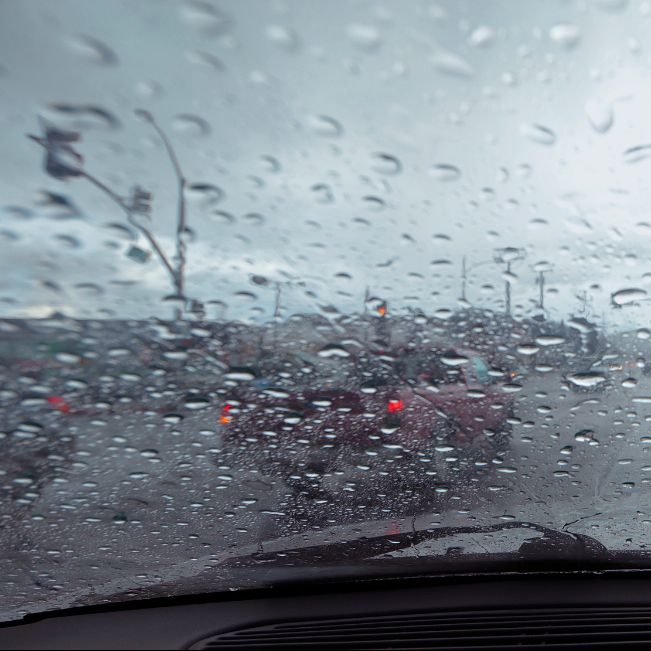Safety eyewear, also known as protective eyewear is a device or equipment worn to safeguard the eyes from substances, materials or conditions that have the potential to cause eye injuries or infection. Examples include safety glasses, safety goggles, eye shields, face shields and welding helmets.
The substances, materials or conditions that cause harm to the eyes are known as eye hazards. Examples include projectiles or thrown objects like concrete, metals, nails, broken material and balls; chemicals, dust particles, toxic fumes, radiation, heat, and splashes of biological fluids like blood and urine.
The probability that an eye hazard will cause an injury depends on factors such as the type of hazard, how much of the hazard an individual is exposed to, how often the exposure occurs, the effect of exposure and the duration of exposure.
It is essential to use the right safety eyewear while performing activities that expose the eyes to hazards. Using the wrong one will not provide maximum eye protection and in some cases may cause more harm than not wearing one at all.
For protection from dust
There is need for a safety eyewear that forms a secure seal around the eyes. This is because dust particles are small and light and in extreme conditions can act like fumes which can easily pass through any space around an eyewear. In this case, safety goggles are the most suitable eyewear. However, some people wear wraparound safety glasses or safety glasses with side shields for protection in mildly dusty environments.
For protection against impact hazards
Impact hazards are solid objects that can cause eye injuries if they hit your eye or if you collide with them. They include work tools, sports equipment, elbows, fists and other objects that can easily fly up into the air or fall from a height during work, sports and other activities. The risk of injuries from these hazards increases as their speed or your own speed of movement increases.
For protection against these hazards, safety glasses or eye shields are sufficient in most cases. However, if impact hazards include small particles, safety goggles would offer better protection due to their tighter fitting around the eyes.
For protection against heat hazards
Heat hazards are hot substances or any equipment that emits heat that is high enough to cause eye injuries. They include splashes of boiling water or hot oil, steam, open flames, open heated oven or furnace. Damage by these substances can occur quickly. So wearing heat-resistant safety eyewear is essential. High-temperature face shield worn over safety glasses or goggles will protect the eyes and other parts of the face.
For protection against chemical hazards
Chemical hazards are often in the form of smoke, fumes, dust and other particulate substances that can become easily airborne. Hence, there is need for a safety eyewear that forms a complete seal around the eyes. It may also be necessary to prevent inhalation by putting on a respiratory safety device.
The most suitable protective eyewear for chemical hazards is the safety goggles. However, in cases where chemicals do not emit fumes safety glasses with side shields may be worn.
For protection against radiation hazards
These hazards emit intense (blinding) light and glare. Since these lights can easily enter the eye and cause damage like retinal burns, cataract and macular degeneration, protection of the eyes require devices that adequately filter out the harmful light in each case. The filter on the protective eyewear should depend on the type and intensity of the radiation hazard. In this case of welding, for instance, welding helmets worn over UV-protection safety glasses or goggles would provide adequate protection.

